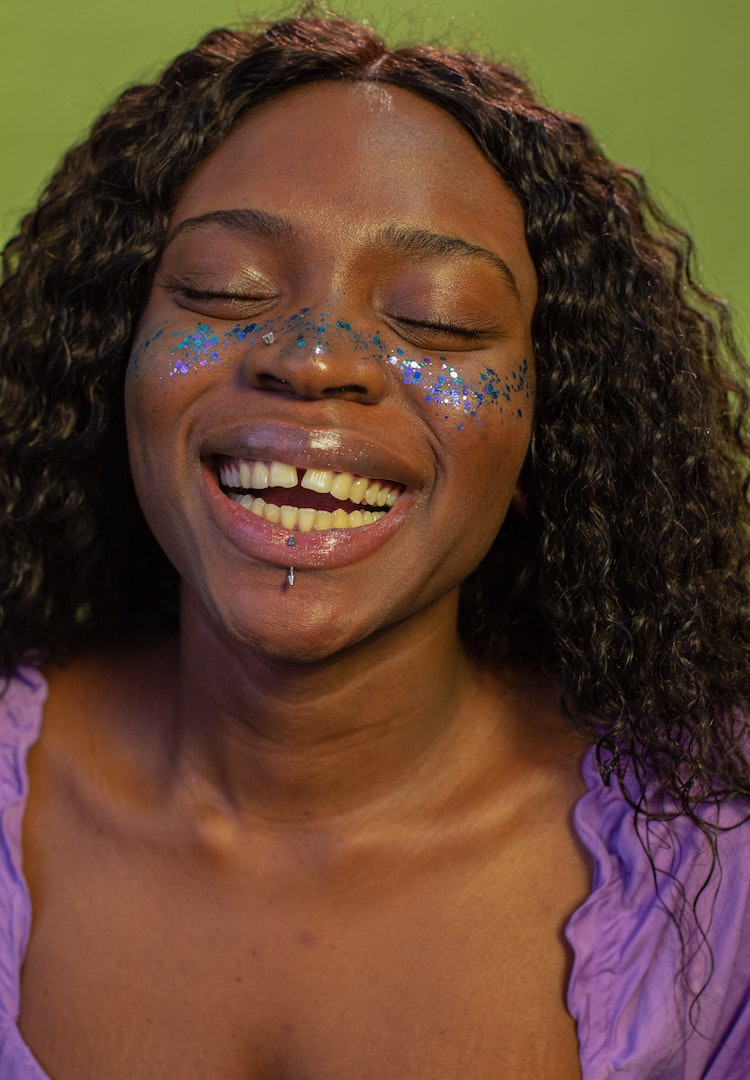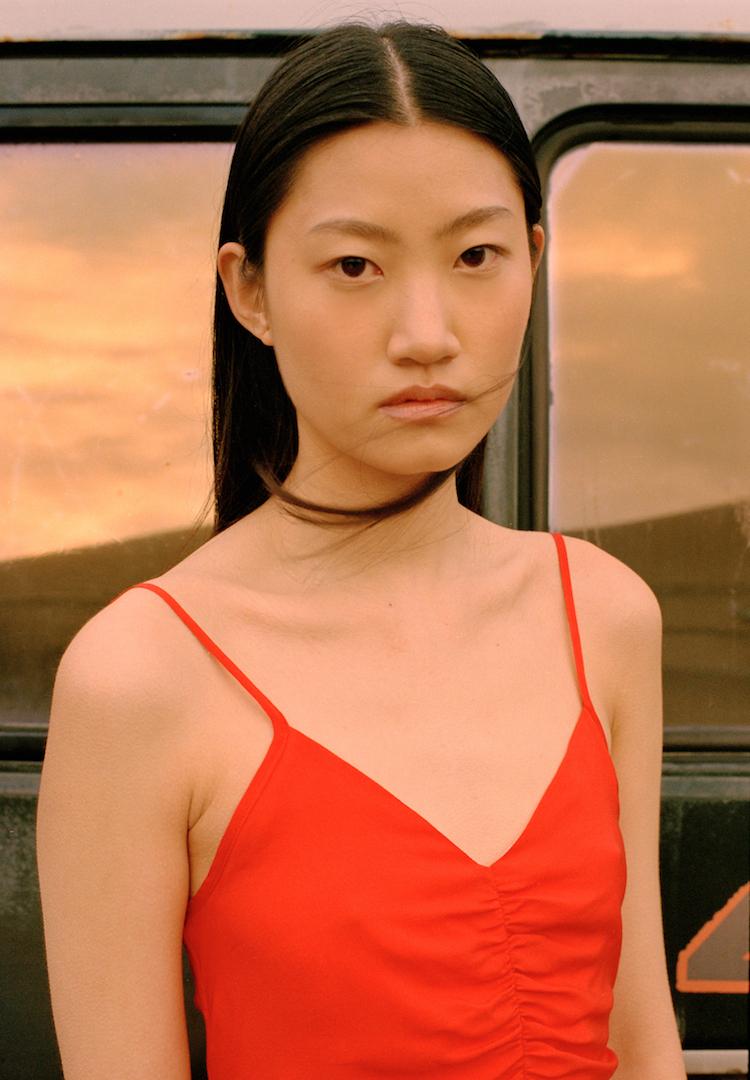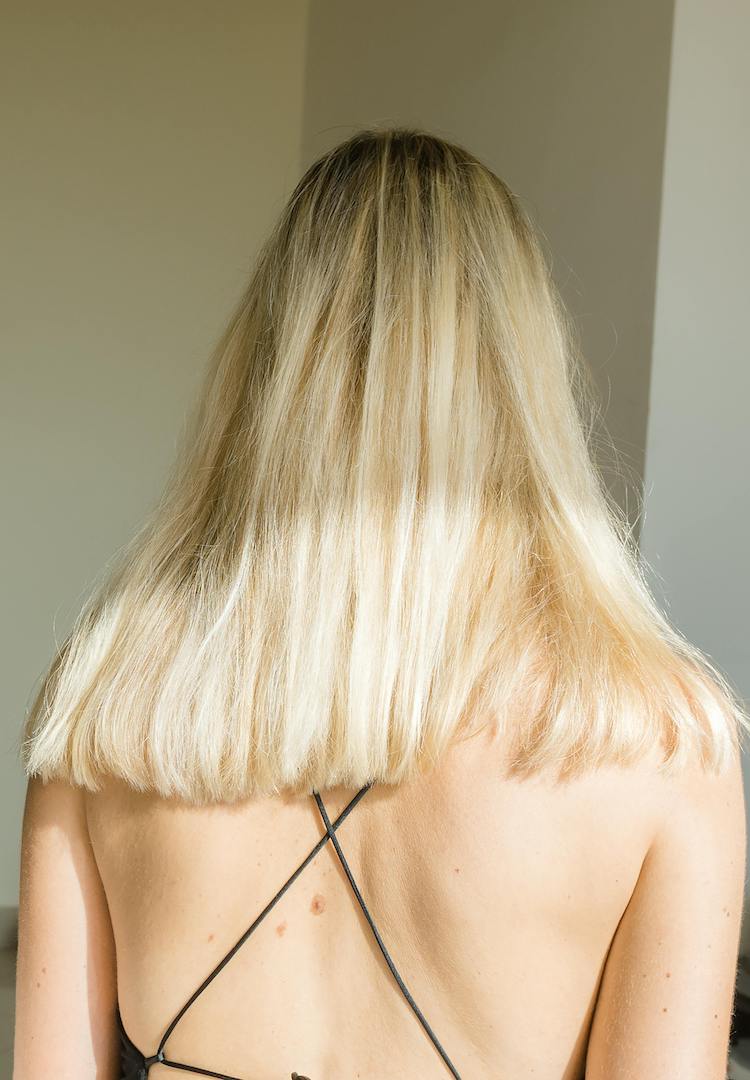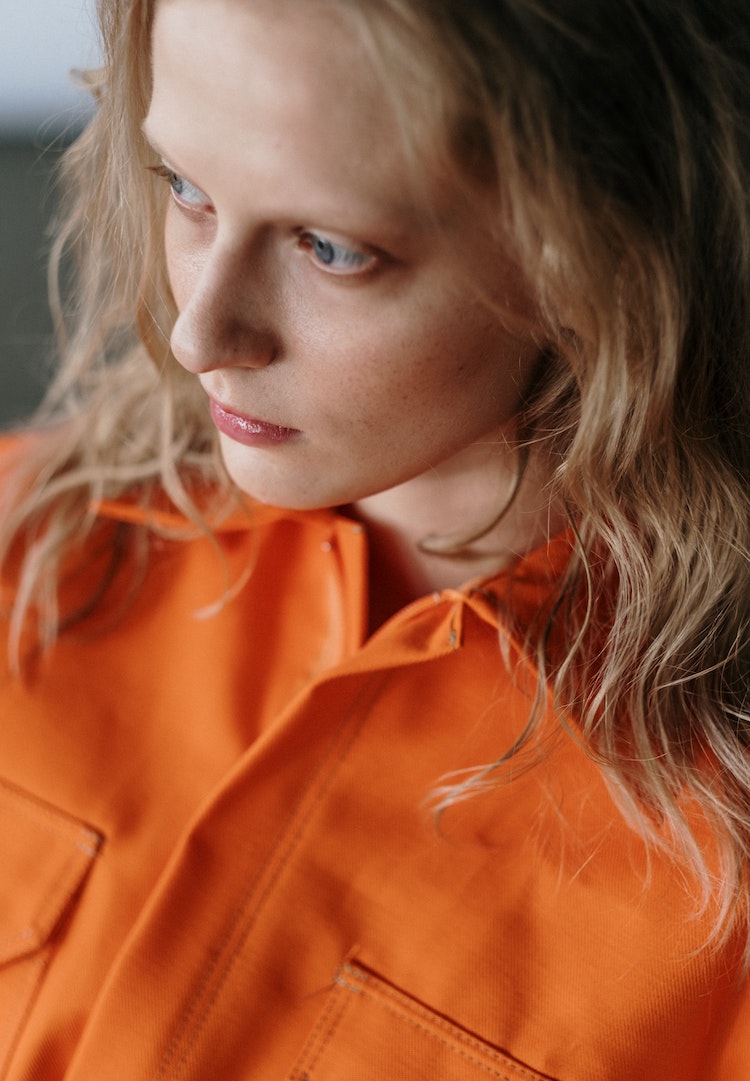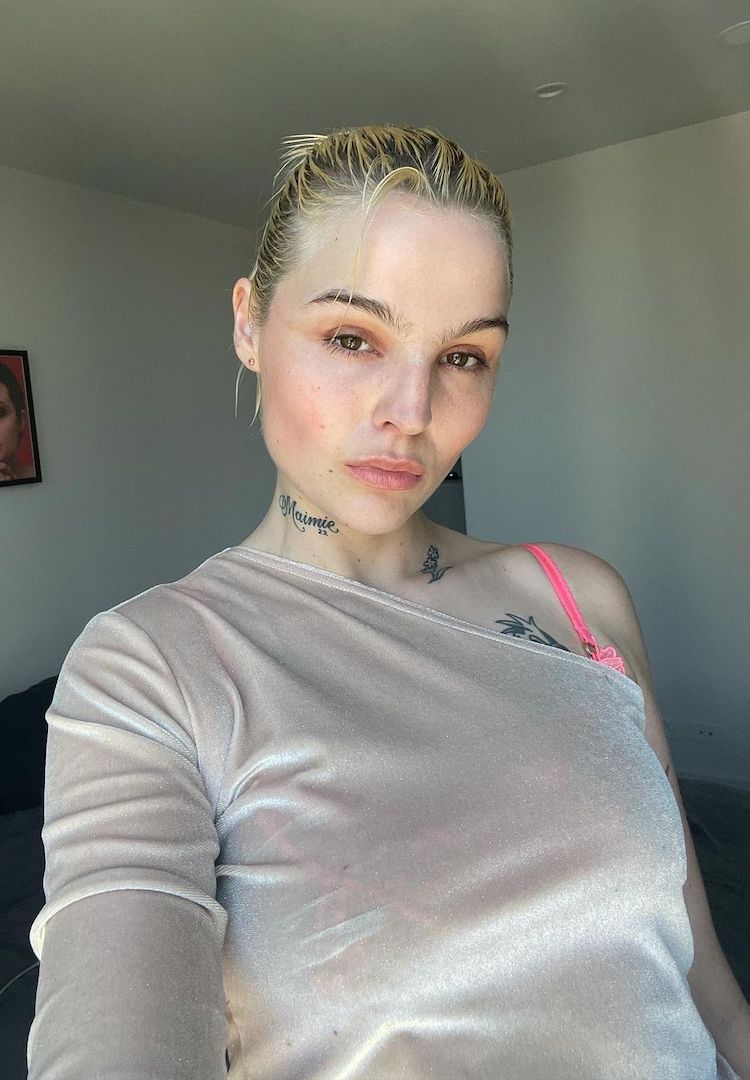“I remember researching it and crying”: How dealing with alopecia led me to become a hair educator
WORDS BY IZZY WIGHT
“You don’t realise how sensitive an issue is until you go through it yourself.”
When Kristina Youssef found her first 50-cent-sized bald spot, she had never heard of alopecia. The term refers to incurable hair loss, a condition that affects over 800,000 Australian women. Unfortunately for those affected, alopecia is often a symptom indicating one of many overarching issues – like stress, hormones, genetics or reactions to certain medications. It’s hard to understand and for many, extremely difficult to grapple with.
Kristina was 22 when she started working her way through an extensive list of hair-loss treatments. “I wanted a quick solution so I opted for… injections,” she says. “I remember them being very painful.” She then tried a more holistic approach, an extensive program involving “applying serums daily in different dosages, getting head massages weekly and taking supplements”.
We like nosy people. Don’t be shy, head to our Beauty section for more.
After struggling to find a solution, Kristina decided to use her background in hair and entrepreneurship to create her own line of products. Her Melbourne-based brand, KYK Haircare, offers shampoo, conditioner and scalp serum that assist with increasing hair density and minimising hair loss. Below, Kristina speaks on her journey with alopecia and how it led her to create KYK.
What is alopecia?
Alopecia is hair loss from the scalp or elsewhere on the body. Alopecia areata (AA) is hair loss that starts with one or more circular bald patches that may overlap. Alopecia areata occurs when the immune system attacks hair follicles and may be brought on by severe stress.
Can you tell us a little about your alopecia story? How did you feel receiving that diagnosis?
When I found my first AA patch, I was 22 years old. I didn’t know anything about it, I didn’t even know it was there until my friend was straightening my hair one day and found it. It was the size of a 50-cent coin. I remember researching it and crying. I was so scared, I thought I was going to end up bald…
I immediately made an appointment to seek medical advice and went to a GP who then referred me to a skin specialist. The options were a steroid cream that would help growth on that section over time. [The other was] a more aggressive treatment – several injections in the affected area. I wanted a quick solution so I opted for the injections, I remember them being very painful.
I remember the specialist telling me it was due to severe stress, and he told me I needed to eliminate whatever that stress was. After doing the needles a few times, the patch grew back. Alopecia is an autoimmune disease that can’t be prevented but can be treated when a patch is identified.
The patches kept appearing on and off over time. Fast track five years later, and a few more patches appeared – but this time I had found a trichologist (scalp and hair specialist). However, the treatment plan was very expensive, starting at $1,500.
It involved taking a hair sample and sending it off for testing… [it was] a more holistic approach. [It was about] understanding the body and what’s happening inside, so this meant finding out which vitamins my body was lacking, removing toxins from the body and implanting a whole new routine. [I was].
I tried this treatment option but to be honest, it wasn’t sustainable with my lifestyle… I couldn’t maintain it. After a few months, I stopped. I was seeing growth in my patches, but it wasn’t a long-term solution for me. It was just a temporary fix that involved a lot of appointments back and forth.
I knew that hair loss was a problem I needed a solution for… it wasn’t until I formulated my own products that not only have four alopecia patches disappeared but I also haven’t had any new patches since (two years and counting).
As someone in the hair industry, what were your feelings surrounding hair loss? How did you initially react?
View this post on Instagram
When my alopecia started it was hidden in the back, so I wasn’t too distressed. Until one day, I realised it was moving to my hairline. I started freaking out because I knew that it would result in complete hair loss and would become very visible.
You can’t hide a patch that is right in the front… I became very conscious [that] I could no longer tie my hair up. I was embarrassed to be specialising in hair while my own hair was falling out and I had no idea why (well obviously I knew it was alopecia, but I didn’t know the reason for the stress).
You’ve since released products that promote hair growth for people facing similar conditions. Can you tell us a little about that?
Since suffering from AA and hair loss, it’s become an area that is close to my heart. You don’t realise how sensitive an issue is until you go through it yourself. I started by formulating a hair-wash routine… that consisted of quercetin (an ingredient tested and proven to help growth in alopecia patches).
I… ensured our formula was developed with other scientifically proven hair growth ingredients, like kaempferol. Kaempferol is key as it helps to block dihydrotestosterone, otherwise known as DHT formation, which causes miniaturisation, shrinking of the hair follicle and hair loss.
Since using this hair-wash routine I haven’t had any new patches form. I have also had hundreds of customers personally message, email and DM to share their success stories after using our hair wash range (it’s the keratin home-care trio: shampoo, conditioner and hair mask).
What advice would you give to those struggling with alopecia/hair loss?
Don’t be ashamed of alopecia, it’s an auto-immune disease. It’s not your fault. We are lucky to live in a time where there are so many solutions to help hide alopecia patches – whether it’s by using a hair fibre powder, adding extensions or styling your hair a certain way. Try to minimise your stress levels, this really does help prevent alopecia from worsening and remember there’s always a solution.
For tips to help hair growth, head here.

